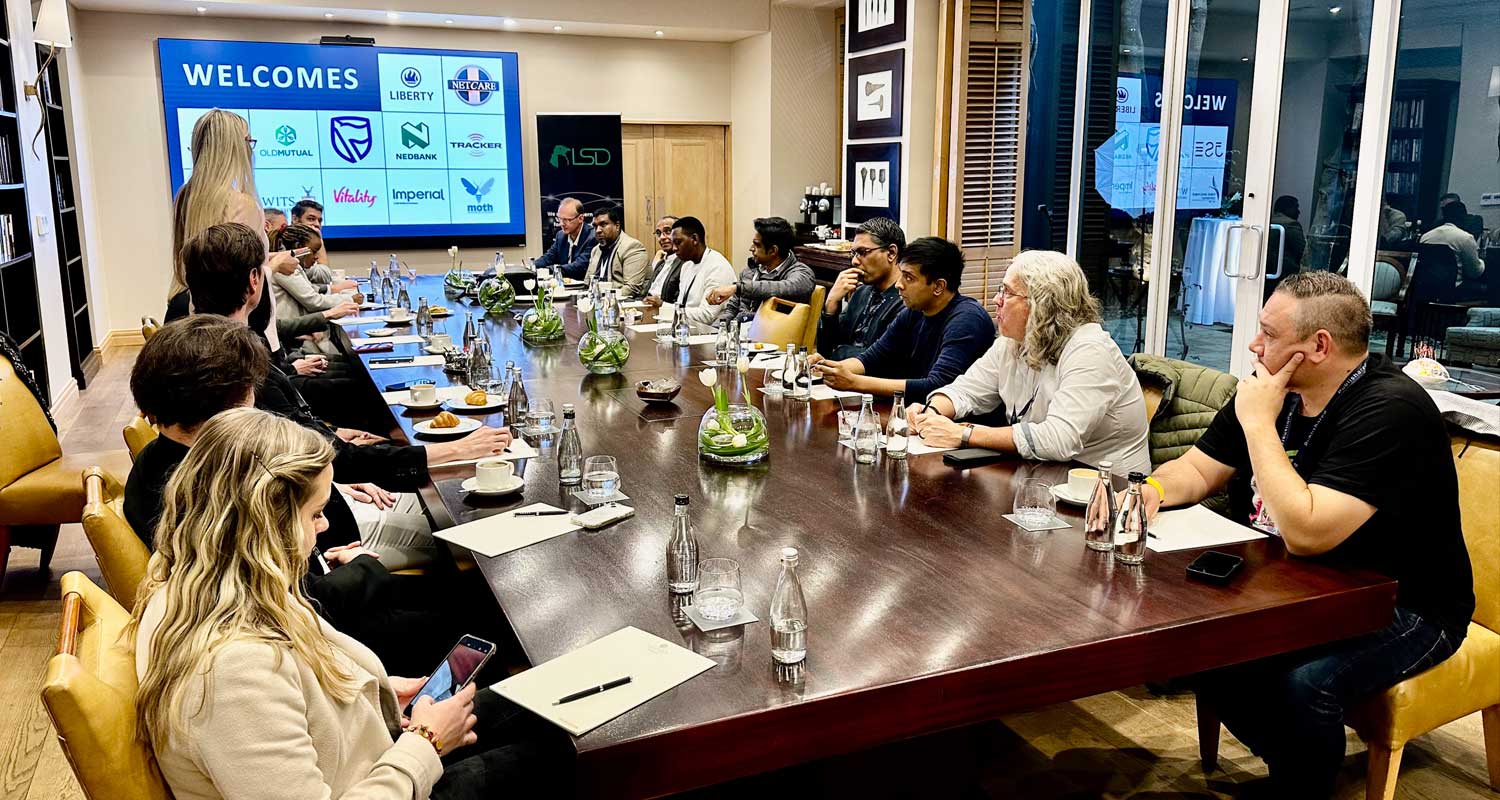 Cloud computing has experienced remarkable growth in recent years. According to a report by Gartner, the worldwide public cloud services market is projected to grow 21.7% to US$597.3-billion by the end of 2023, up from $491-billion in 2022, and $260-billion in 2020. Further stats from International Data Corp indicate that over 500 million digital apps and services will be developed and deployed using cloud-native approaches – the same number of apps developed in the last 40 years.
Cloud computing has experienced remarkable growth in recent years. According to a report by Gartner, the worldwide public cloud services market is projected to grow 21.7% to US$597.3-billion by the end of 2023, up from $491-billion in 2022, and $260-billion in 2020. Further stats from International Data Corp indicate that over 500 million digital apps and services will be developed and deployed using cloud-native approaches – the same number of apps developed in the last 40 years.
All things considered, these figures seem to set the scene for new minimum competitive requirements in every industry. Moving to the cloud is inevitable for most businesses and organisations of all sizes are increasingly leveraging cloud computing to scale their operations, enhance productivity and drive innovation.
Former CEO of Google Eric Schmidt once said: “The cloud is the most secure place to store information. But it’s the most insecure place to put it.” Fortunately, years later, for business leaders and technology stewards alike, we are now past the tipping point on risks such as cloud security.
However, as the adoption of cloud technology continues to surge, that doesn’t mean our journey to the cloud is always going to be smooth or without challenges. Nor does it mean that we should unthinkingly move everything to the cloud, or ignore complexities like cloud security at all.
To unpack how South African businesses are approaching cloud adoption, TechCentral hosted a roundtable conversation sponsored by LSD Open and SUSE, with some of the country’s leading executives across a range of industries at the Saxon Hotel & Spa in Sandton.
Attendees delved into shared cloud adoption opportunities and challenges, including governance (rules and protocols); the impact of lack of expertise and how to overcome it; cloud migration; protecting cloud-based systems, data and infrastructure and strategies for managing cloud spend.
Beyond technology
All the delegates agreed that the journey towards cloud transformation can be challenging. Cloud transformation extends beyond technology, although the technological aspect undoubtedly carries significance. Its essence lies in embracing a new approach to work that enables organisations to leverage cloud technology and address business priorities for digital transformation.
The agility, innovation and resilience that the cloud brings to an organisation are most effectively realised when an organisation’s cloud transformation strategy aligns with its business and digital transformation strategy.
Delegates agreed that people are at the heart of everything for successful cloud transformation. The technical requirements of using the cloud, with different data architectures, safeguards and workflows, are not the only areas in which transformation requires new skills.
Over and above cloud architecture, security and migration, attendees identified some of the key additional skills required for successful transformation as DevOps and automation; cloud cost management; cloud governance, vendor management, data management and business acumen.
This places huge demands on any organisation and many companies encounter a skills gap and a shortage of available talent. To address this ever-increasing challenge, the attendees identified simple, but critical interventions:
- Evaluating and mapping the required skill sets and competencies. That means asking two important questions. Do we have the skilled personnel with the expertise in cloud transformation and the major cloud providers that can handle all aspects of the migration? Do we have enough of these resources to ensure the transformation and other important projects are completed without compromising quality, costs and efficiency?
- Developing appropriate inhouse training programmes considering identified gaps and keeping abreast of industry trends by sharing information and consulting with industry peers is important
- Using a managed services provider (MSP). An MSP can assist with staff assessment, hiring, training and managing or maintaining. Systems. It can also serve as a training school for existing staff.
Security and regulatory considerations
Most attendees indicated that security and compliance considerations are crucial to their cloud plans and vendor selection. They agreed that the cloud offers robust security and some visibility into how data is stored and processed, but that there remains a level of opacity. Furthermore, when this is coupled with a larger attack surface, this can create a potentially weak overall security posture.
Furthermore, if an organisation’s data is spread across multiple cloud environments, as well as the organisation’s own data centres, security becomes even more difficult to understand and manage. More recently, with the introduction of global data privacy regulations such as the Protection of Personal Act (Popia), regulatory compliance has become a vital aspect of data security where an organisation is dealing with sensitive, proprietary or personally identifiable data.
Delegates agreed that it is critical for organisations to be up to speed on network controls, access management systems and configuration options and to consider investing in automation for these.
 Runaway costs
Runaway costs
Delegates agreed that a key benefit of the cloud is the ability to realise cost savings, while shifting the way organisations spend money to support their applications, from fixed capital expenses to operating expenses that are directly tied to usage. However, a key learning shared was the requirement to implement strict and proper controls to manage cloud spend, otherwise spending on cloud services can quickly get out of hand. The primary issue cited relates to poor visibility into how cloud instances and services are used, especially where organisations have allowed decentralised groups to procure and manage their own cloud environments.
Bringing it all together
Even though each cloud transformation is unique, the common sentiment shared by all attendees was that a successful cloud transformation journey requires focus on tangible ways to make an organisation more agile, competitive, cost effective, innovative, and service-oriented.
It was agreed that this requires careful planning, management and execution, not only with the right applications and tools, but importantly with the right MSP too. A capable partner (MSP) should offer more than just conducting assessments, analyses and migration processes.
Organisations are seeking partners that bring the partnerships, experience and expertise to understand an organisation’s specific business, what tools to use and when and how to use them to achieve the organisation’s specific goals. This means understanding the organisational culture, practices, people, goals and expectations – because a cloud transformation journey is really a business transformation exercise in disguise.
TechCentral, in partnership with LSD Open and SUSE, would like to thank all of those who participated in the roundtable discussion.




